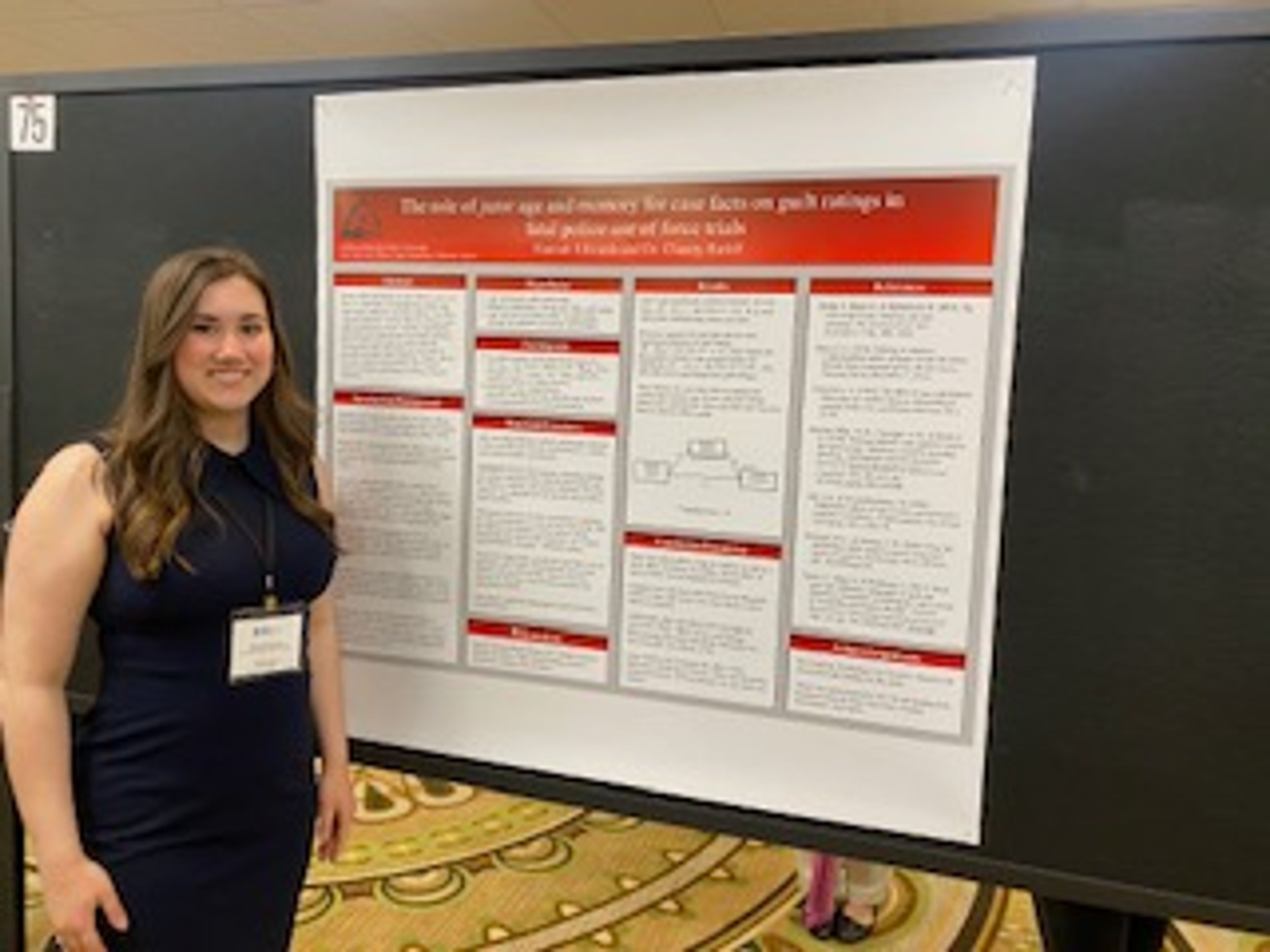A single tuition rate, undetermined by state of residency, for students enrolled in online-only degree programs at Southeast Missouri State University was approved by the Board of Regents on Dec. 15 and will take effect in fall 2016.
Summing up tuition, general fees and online fees, an online course costs $252.50 per credit hour for in-state undergraduate students and $314 per credit hour for in-state graduate students this academic year. Out-of-state students pay $432 per credit hour for undergraduate level courses and $540 at the graduate level.
The new rates will charge undergraduate online-only students $265 per credit hour and graduate online-only students $325 per credit hour, with the exception of individual course and program fees. Kathy Mangels, vice president of finance and administration, said the prices were determined in consideration of what was most "revenue neutral," meaning they had to make up for the loss in out-of-state tuition.
The motion was a result of a recommendation made last spring from a committee formed to study what online education would look like by the year 2020. Mangels noted that an online student doesn't have the same geographical lines as a student physically on campus.
"We may never see that student on our campus, so actually dividing them out between in-state, out-of-state doesn't have the same meaning to us," Mangels said.
A flat rate would also be more likely to attract non-residents as future students.
Southeast offered 12 undergraduate degrees and seven graduate degrees online with tuition costs based on a student's residency status in 2014-2015. Out of the total 1,364 students enrolled in these programs, 100 were out-of-state, or roughly 7 percent of them.
On the other hand, when the undergraduate RN to BSN degree and three graduate programs -- those in criminal justice, organizational management and education technology -- were given an all in-state cost in fall 2011, out-of-state enrollment rose. By 2014-2015, 88 of the 522 students, around 16 percent, were out-of-state.
The simplicity of one number is a factor, too. According to Dr. Allen Gathman, biology professor and associate dean of online learning, online degree programs are often a popular choice among already working adults.
Employers may need an advanced degree or some other kind of additional education from their employee, so when it comes to looking at employer reimbursement, both parties want a distinct and uncomplicated price tag.
"It's not what can be sort of a confusing set of this fee plus this fee plus this other fee and so on," Gathman said. "It's a fairly straight-forward thing, and the employer then is reimbursing whatever the employer chooses to reimburse, but it's quite simple for both the employer and the employee to know what the actual reimbursement amount is going to be and for the employee to know what their out-of-pocket cost is going to be."
The RN to BSN program fee of $100 was approved by the Board of Regents to be reduced to $20 to match the on-campus nursing degree as well. Mangels said low numbers in nursing faculty prompted higher costs.
"There was a program fee to help us with those costs, so that we could recruit and keep quality faculty," Mangels said.
And the switch to a completely online curriculum added to the fee. With the degree now in place, though, she said there's no longer the need to cover startup costs.
"One of things that we've seen now that we have the program completely online, we've gotten over that initial extra resources that it takes to take what has been a classroom program and make it an online program," Mangels said.
Both Mangels and Gathman said the changes ultimately boil down to making education as accessible as possible, whether that be at a desk in a classroom or through a web browser.
"What we find is that most of our students and actually most institutions with online programs find that online students do tend to just go to institutions within a region that they're familiar with, but even so, if you look at us, of course, that region where Southeast might have a reputation for quality and so on, it spans multiple states," Gathman said. "So it makes sense for us, I think, that we're serving students in a multi-state area in this region."
Mangels added that an incoming freshman class usually is first to come to mind when people think about university populations, but that learning extends further than the typical college age.
"We see this as a long-term commitment, that we realize there are a lot of individuals out there who are not in the 18 to 21 year old range, but they have a need for some kind of advanced degree also, and we're here to help them," Mangels said.




